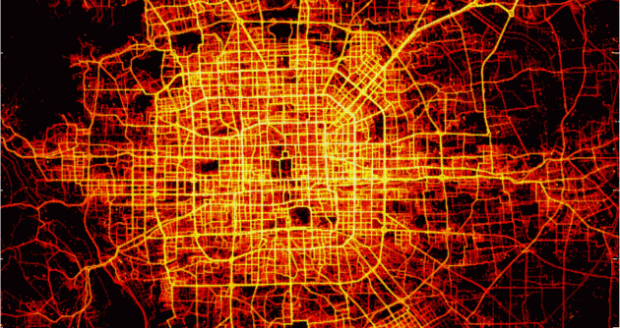
Now that my application meets my original scope, I am happy to call it finished. It has a lot of functionality for such a small application that I feel really shows what just small pieces of augmented reality are capable of.
However, even though it reaches my scope for the project, that’s not to say that it couldn’t be improved upon.
Unfortunately I was unable to do exactly what I had wanted in terms of location-specific information, but that could be seen as a blessing in disguise. Even though my project idea was to create an interactive map with relevant, real-time information about Plymouth, because of the lack of location-specific information the application should in theory work literally anywhere in the world with an internet connection.
 This means that the application is actually a lot more accessible to a much larger audience. This means that much larger data sets could potentially be used. For example, in my original project plan I wanted to display small amounts of information about local train times, but with the app not being limited to location, it could be possible in the future to find the user’s nearest train station, and use national or even international train time data that can be accessed from anywhere in the country and still display the most location-relevant information to the user. This is something that I feel could be very possible (in the UK at least) once the full set of developer tools by National Rail become functional.
This means that the application is actually a lot more accessible to a much larger audience. This means that much larger data sets could potentially be used. For example, in my original project plan I wanted to display small amounts of information about local train times, but with the app not being limited to location, it could be possible in the future to find the user’s nearest train station, and use national or even international train time data that can be accessed from anywhere in the country and still display the most location-relevant information to the user. This is something that I feel could be very possible (in the UK at least) once the full set of developer tools by National Rail become functional.
(more…)


 This means that the application is actually a lot more accessible to a much larger audience. This means that much larger data sets could potentially be used. For example, in my original project plan I wanted to display small amounts of information about local train times, but with the app not being limited to location, it could be possible in the future to find the user’s nearest train station, and use national or even international train time data that can be accessed from anywhere in the country and still display the most location-relevant information to the user. This is something that I feel could be very possible (in the UK at least) once the full set of developer tools by
This means that the application is actually a lot more accessible to a much larger audience. This means that much larger data sets could potentially be used. For example, in my original project plan I wanted to display small amounts of information about local train times, but with the app not being limited to location, it could be possible in the future to find the user’s nearest train station, and use national or even international train time data that can be accessed from anywhere in the country and still display the most location-relevant information to the user. This is something that I feel could be very possible (in the UK at least) once the full set of developer tools by 

 The scope of my project is to create an application in Unity that grabs the user’s current geolocation using the
The scope of my project is to create an application in Unity that grabs the user’s current geolocation using the 
 For my DAT203 module (Reflexive Design) we have been tasked with creating a piece of art work, installation or piece of technology that blends the real world with the virtual through the means of augmented reality.
For my DAT203 module (Reflexive Design) we have been tasked with creating a piece of art work, installation or piece of technology that blends the real world with the virtual through the means of augmented reality.